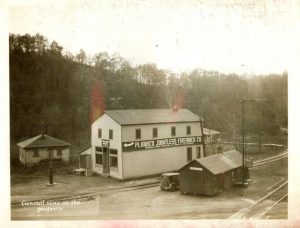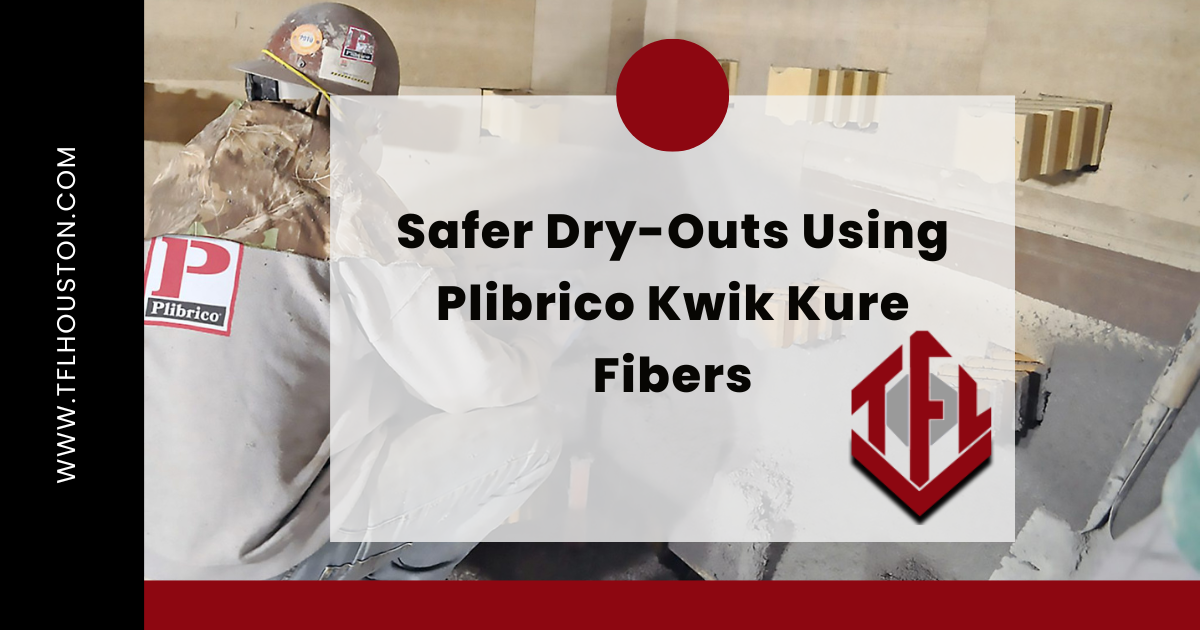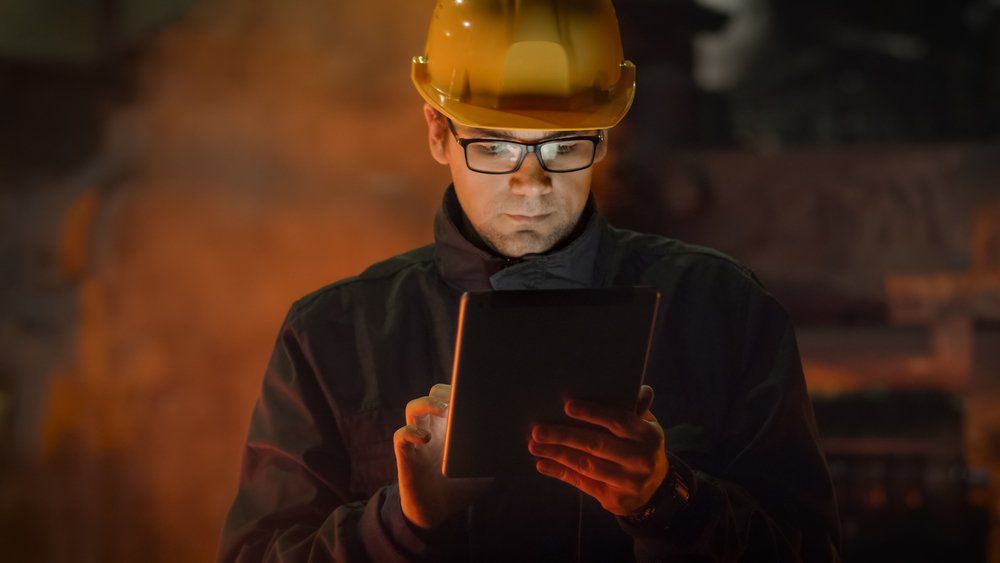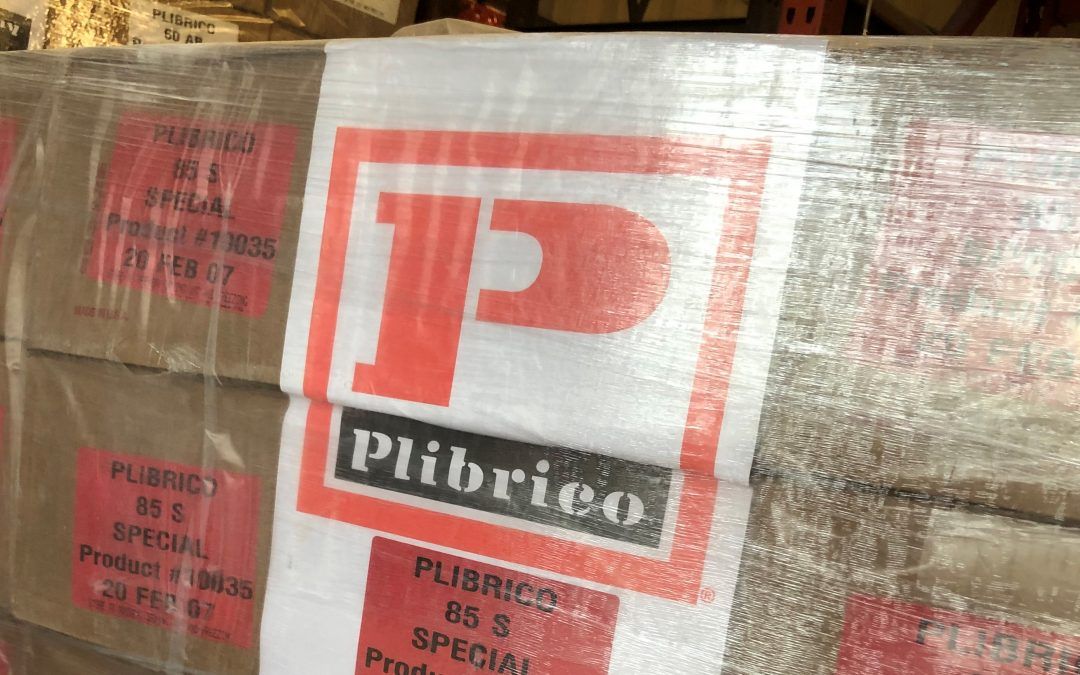Precast Shape Technology in Refractory Linings
Precast Shape Design and Manufacturing
n order to realize the true benefits to be gained from the use of precast shapes, a thorough knowledge of how the shape system will be used and installed in the field is an absolute requirement during the design phase. The successful design and manufacture of a high-performance refractory shape system requires a unique understanding of refractory materials, manufacturing, anchoring systems, and construction practice. Dimensional tolerances, construction sequencing, lifting and handling capabilities at the site, anchoring facilities, and the actual service demands within the refractory lining environment are all factors that must be well known before the shape is designed.


The design of the anchoring system to be used in the shape is of tremendous importance. In addition to the normal considerations of alloy type and anchor size, the precast shape design must also consider all alternatives for attaching the shape to the structure. Numerous methods can be used, including threaded stud attachments through the wall, welded fixtures, or bolted assemblies.
Perhaps most importantly, the proper refractory material must be selected to suit the demands of the application. Factors such as the desired temperature profile through the lining, expected mechanical stresses, potential chemical attack on the lining, erosion mechanisms, and expansion allowance must all be understood prior to selecting a material to be used in the precast shape.
A well-equipped precast manufacturing facility should include high-energy, large capacity mixers, automated mixing stations with conveyors for material delivery, vibration tables, digitally-controlled water addition, mixing time controllers, and adequate lifting capabilities for large shapes. Firing of shapes is accomplished with a digitally-controlled furnace with burners capable of firing to at least 1300 deg. F. In-house mold/pattern fabrication capabilities and CAD-generated drawings for design assistance should also be expected
Benefits from Material Property Enhancement
Regardless of how complex or sophisticated the refractory castable is that is selected for an application, the physical properties of the material can be drastically reduced if care is not taken during the mixing, pouring, and curing processes. Particularly with the use of more complex refractory castables to solve specific wear issues, installation variables become even more critical to the performance of a lining. Unfortunately, lining quality is often compromised by field conditions during material placement. Project schedules, crew skill levels, equipment availability, job cost pressures, or other demands can sometimes have an impact on proper refractory installation. Improper water addition, mix time variations, over- or under-vibration, and improper curing can drastically affect material quality. With precast shapes, cast in a controlled shop environment, the physical properties of a castable will be more fully optimized.

In service, linings comprised of precast shapes often see less stresses and cracking, due to the independent, “floating” nature of the lining. The performance of the lining can also be more predictable, resulting in better opportunities to plan for maintenance and repairs.
Other major benefits to be gained from the use of precast refractory shapes are related to simplified installation and repair logistics, which can lead directly to reduced costs and shorter down times. With the use of precast shapes, forming labor, materials, equipment costs, actual placement time and expense, and associated costs during form removal, curing, and cleanup are all eliminated. These costs are shifted back to the manufacturer of the shape, who can absorb them much more efficiently when spread over his overall production capacity.
Whenever any portion of refractory repair work can be completed prior to crews being on site, costs are automatically reduced. Installation contractors have also found that the use of precast shapes can often give them a substantial advantage in competitive bid situations. With the use of precast shapes, crew sizing can be minimized. Speed of installation is another obvious benefit to both the installer and the owner, resulting in reduced costs due to shorter job duration. Material usage is also reduced, when compared to other installation methods such as guniting, where as much as 45% extra material is required to compensate for rebound and other job losses. Environmental hazards such as dusting and tripping hazards associated with equipment and hoses are also reduced substantially, if not eliminated.
Future repairs also become much more economical and quicker to accomplish. Repair areas can often be isolated to just the immediate wear area within the boundaries of a shape. Anchor attachment points can typically be reused. Replacement shapes, purchased early and kept as spare parts on site, can be easily installed in a fraction of the time required for conventional repair methods. Repairs become more of a mechanical maintenance job, rather than a refractory installation job requiring a specialized crew and equipment.

Typical precast shape applications
|
|
|
|
|
|
|
|
|
|
|
|
|
|
|
|
|
|
|
|
|
|
|
|
|
|
|
|
|
|
Precast refractory shapes will continue to be a growing specialty in the refractory industry in coming years. With the improved quality that can be achieved through controlled manufacturing processes, their expanding use will play a major role in improving refractory lining performance and reducing maintenance costs across all industries.
REDI-SHAPE
 custom-designed precast shapes.
custom-designed precast shapes.
Web site: www.tflhouston.com
The post Precast Shape Technology in Refractory Linings appeared first on Refractory Materials, Precast Shapes, and Custom Solutions.
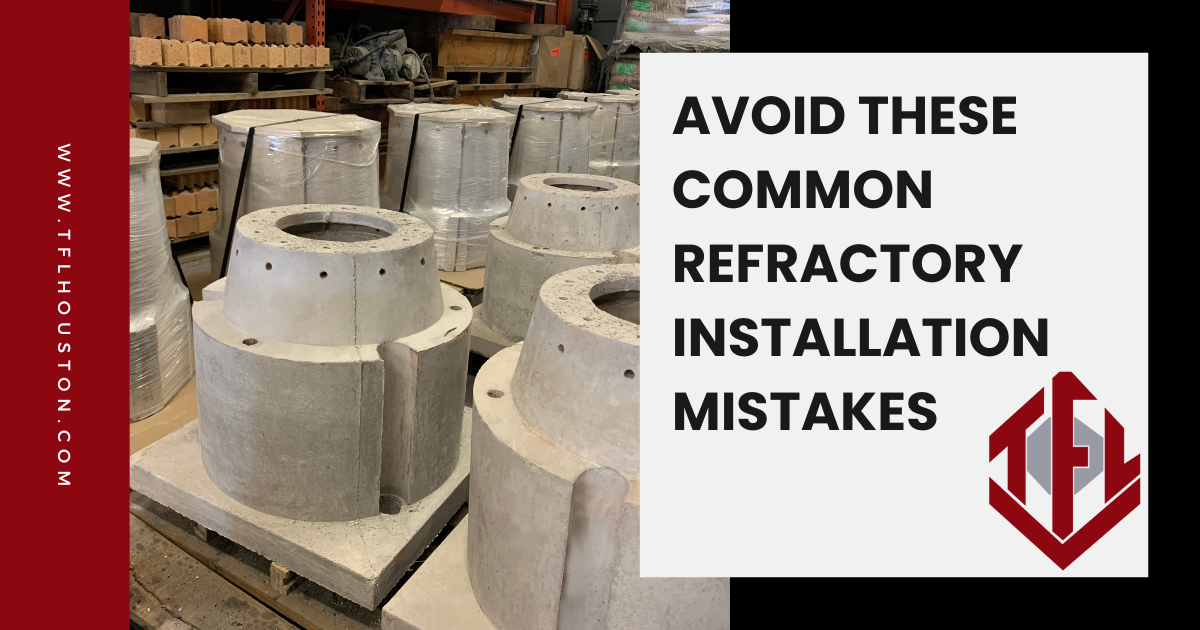
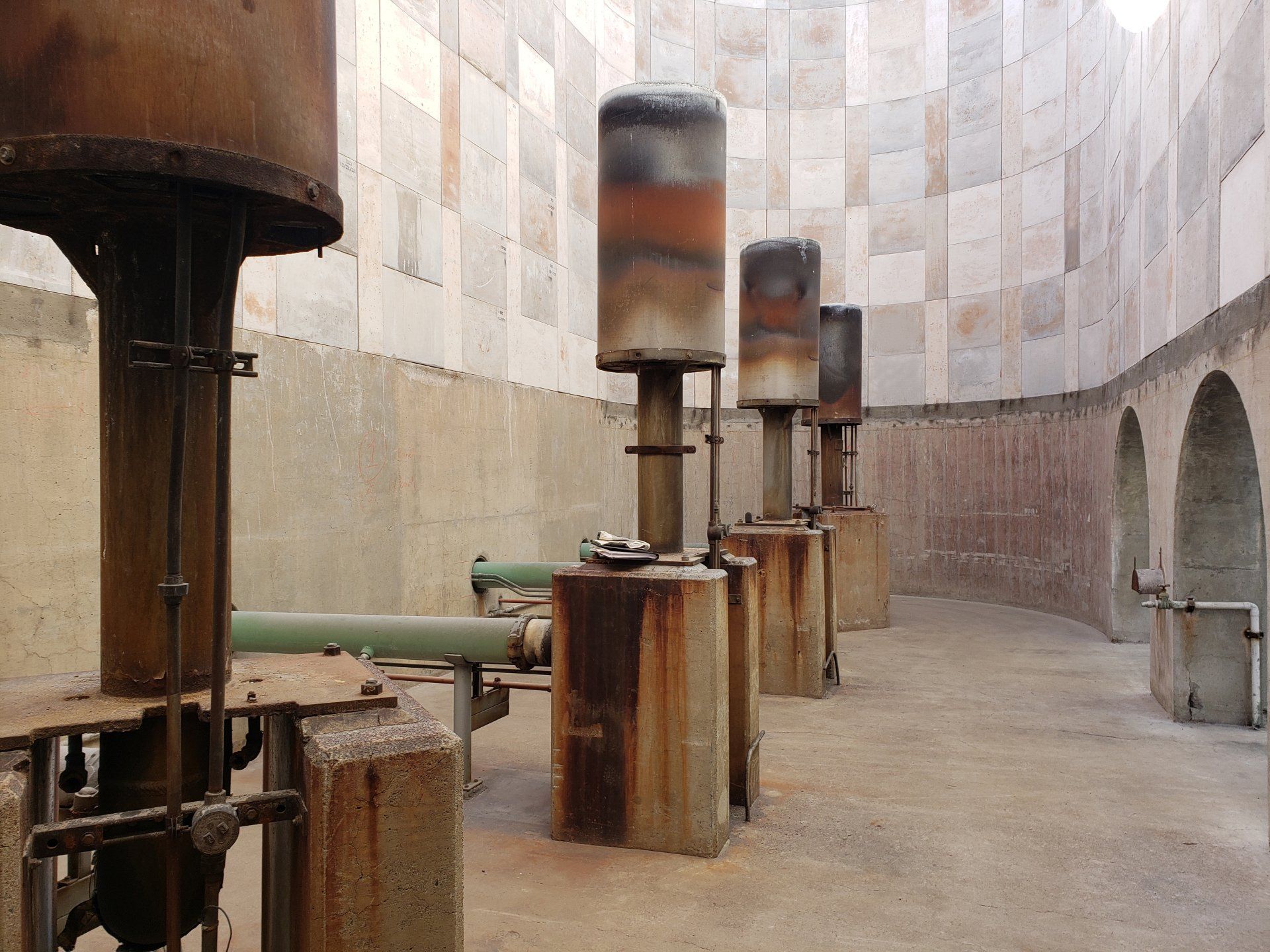
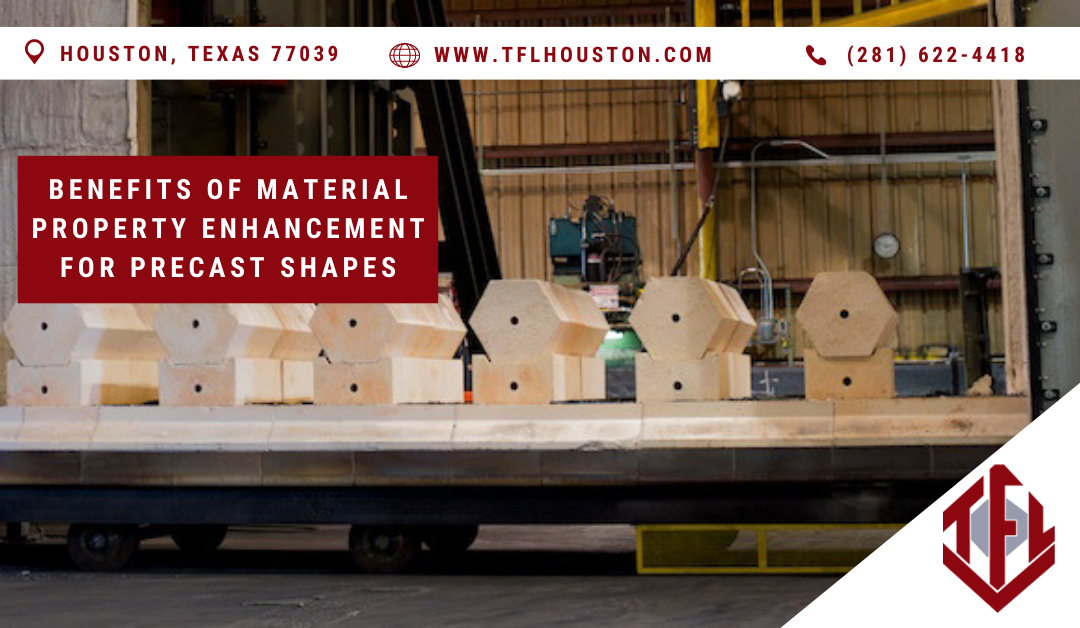


TFL Uses Custom Molding Techniques to Make Precast Refractory Shapes With Extremely Tight Tolerances
